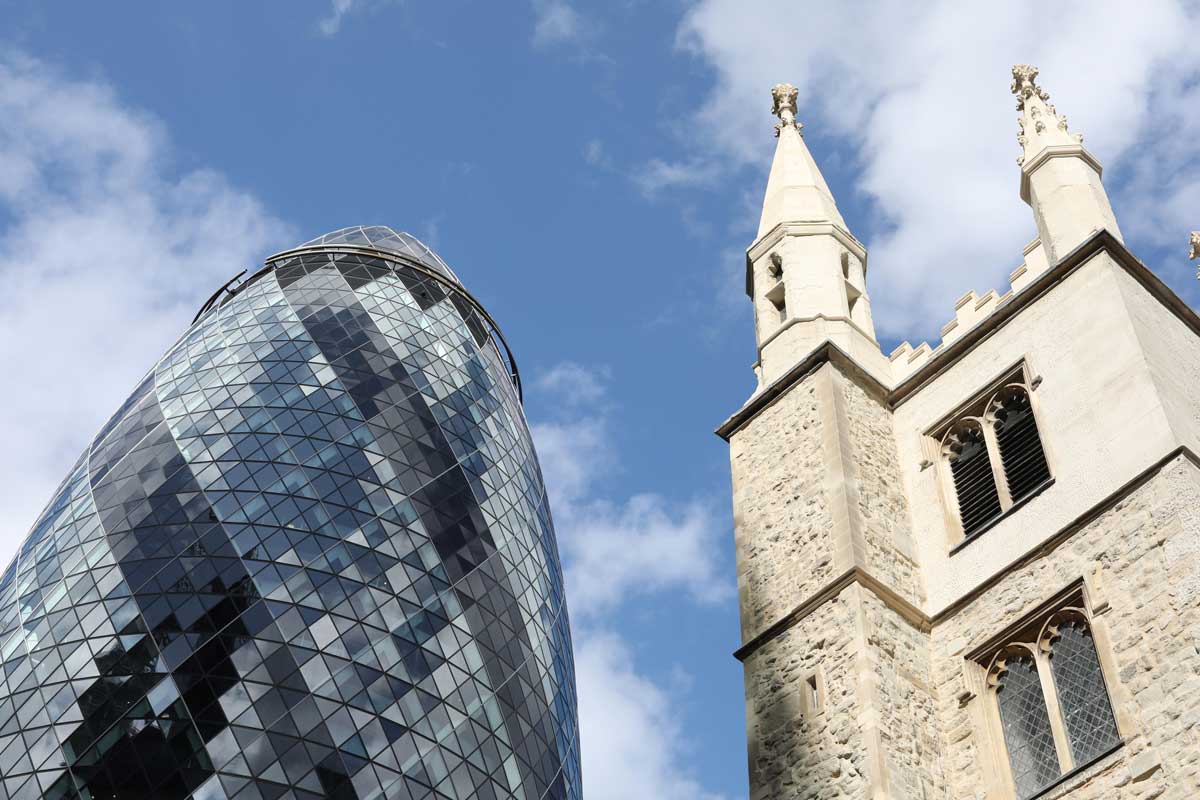A Holy Trinity
A walk through the City of London provides chance encounters with its deep history.

With travel restricted and holidays on hold, many will have explored their localities anew during lockdown. Lucky are those with access to rural expanse, though urbanites can find rewards, too, in cityscapes altered, for better and worse, by the pandemic.
The City of London has long been a walker’s delight, with its quirky medieval street patterns revealing hidden treasures at every corner. Normally, such outings are confined to weekends, when the City’s manic energies are switched off. Now that every day is like Sunday, there is more time to reflect on a history dating back to Roman times.
My last wander through the City threw up a juxtaposition to savour. I had gone to look at St Katherine Cree, rebuilt in 1628 and consecrated in 1631 by the then Bishop of London, William Laud. Those dates are significant: in 1629, Charles I’s Personal Rule began, the king ruling without Parliament. Laud became his principal ally in the Church of England and his future Archbishop of Canterbury. The ‘catholic’ ritual of his services there, his ‘bowings and scrapings’, were lethally held against him by a Puritan Parliament in 1645.
